Have you ever attended an event where you sat pondering what would happen or when it would conclude? This is the result when an event program is not provided.…
continue reading
50+ Sample Effective Meeting Agendas
-
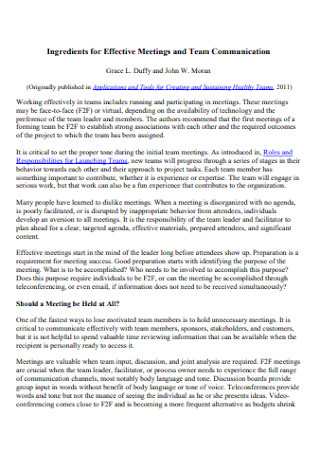
Effective Meetings and Team Communication
download now -
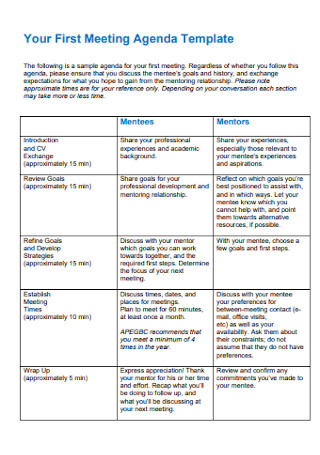
Your First Meeting Agenda Template
download now -
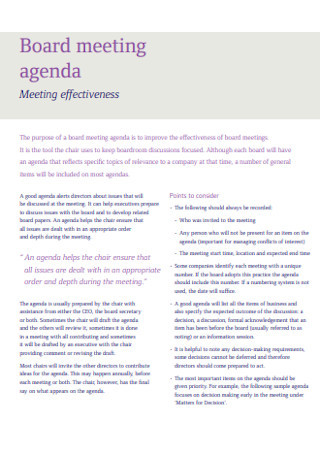
Board Meeting Agenda
download now -
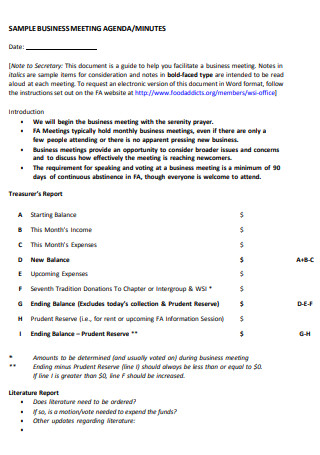
Business Meeting Agenda
download now -
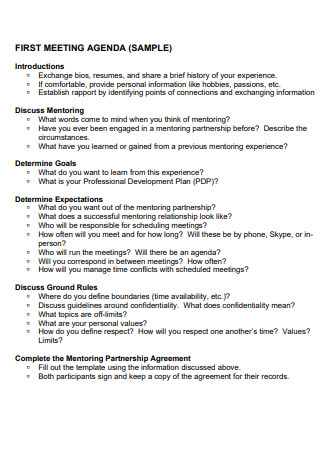
First Meeting Agenda
download now -
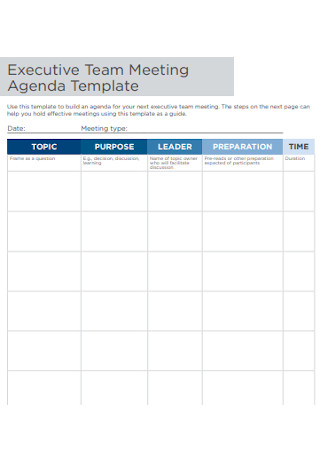
Executive Team Meeting Agenda
download now -
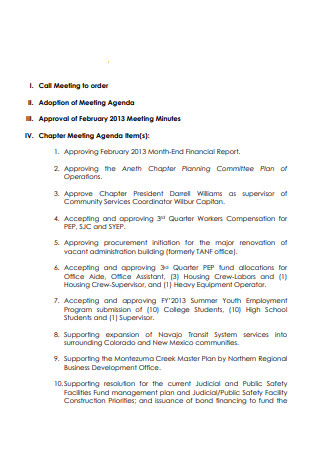
Monthly Sales Meeting Agenda
download now -
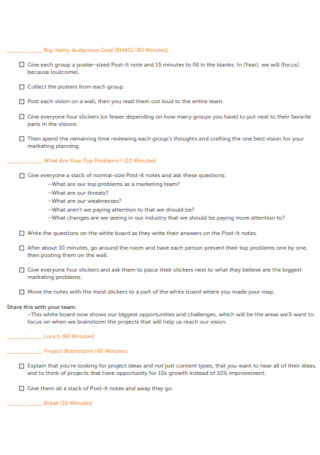
Marketing Roadmap Meeting Agenda
download now -
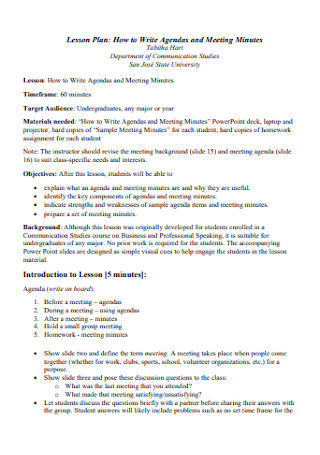
Agenda and Meeting Minutes
download now -
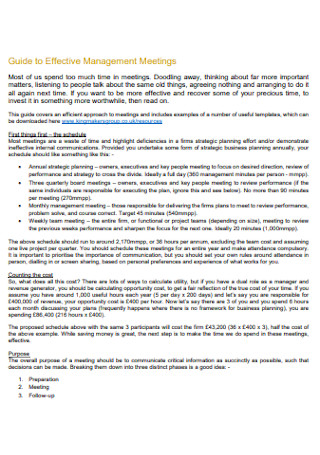
Effective Management Meetings Agenda
download now -
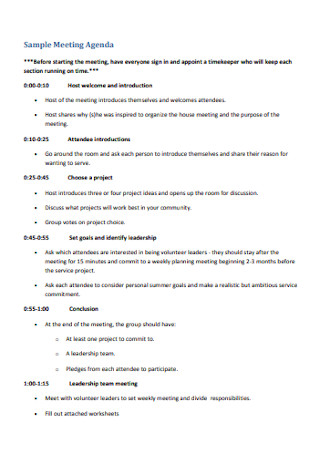
Sample Meeting Agenda Example
download now -
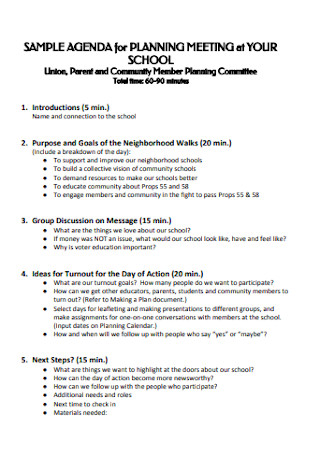
School Meeting Agenda
download now -
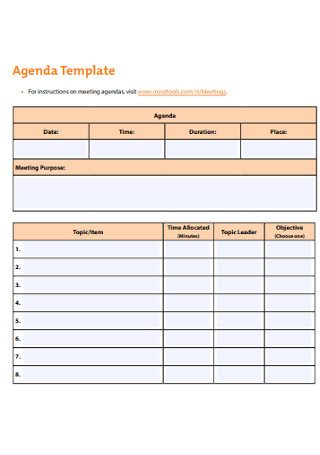
Simple Meeting Agenda Template
download now -
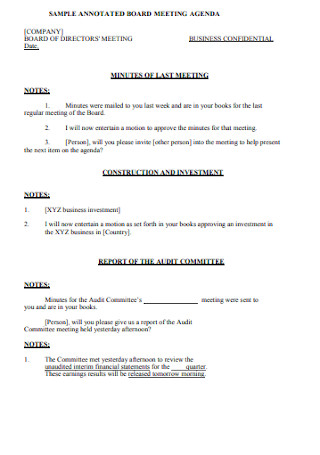
Sample Annotated Board Meeting Agenda
download now -
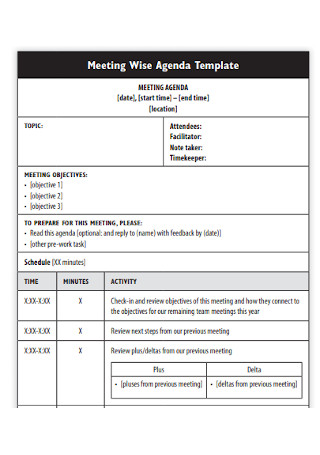
Meeting Wise Agenda Template
download now -

Closing Meeting Agenda
download now -
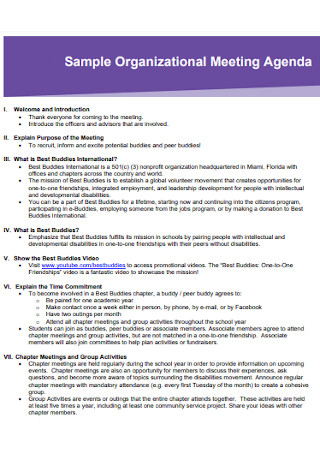
Sample Organizational Meeting Agenda
download now -
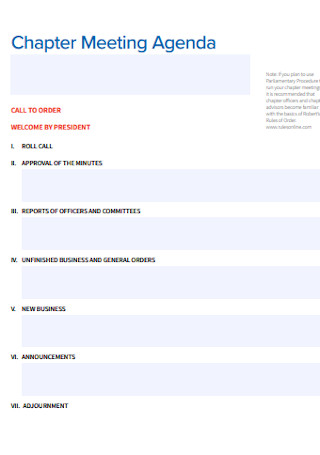
Chapter Meeting Agenda
download now -
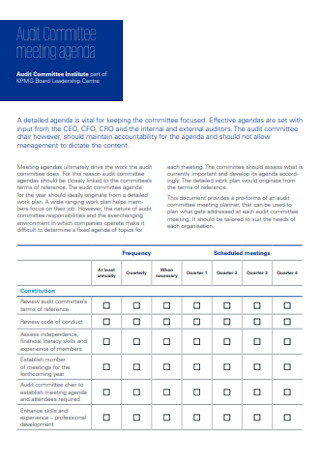
Audit Committee Meeting Agenda
download now -
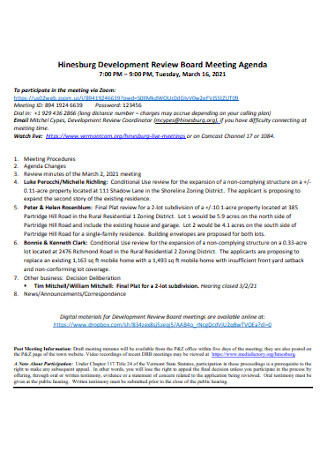
Simple Board Meeting Agenda
download now -
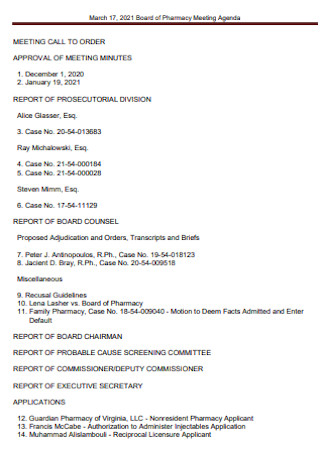
Board of Pharmacy Meeting Agenda
download now -
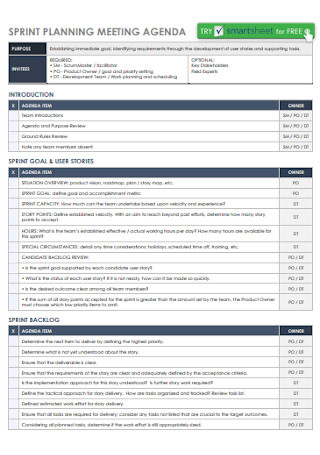
Sprint Planning Meeting Agenda
download now -

Citizen Meeting Agenda Template
download now -

Confirmation First Meeting Agenda
download now -
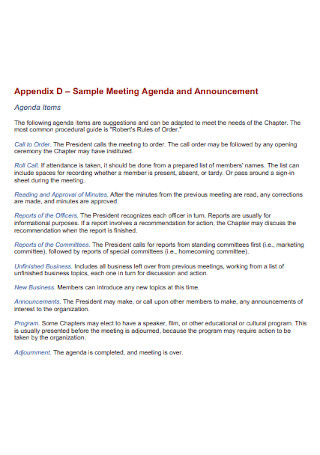
Sample Meeting Agenda and Announcement
download now -

Recruitment Committee Meeting Agenda
download now -
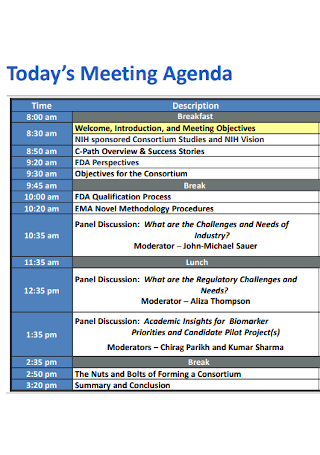
Today’s Meeting Agenda
download now -
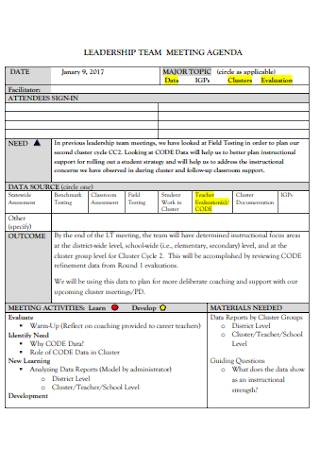
Leadership Team Meeting Agenda
download now -

Ordinary Meeting Agenda
download now -
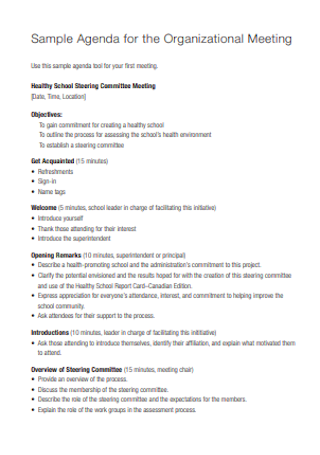
Sample Agenda for the Organizational Meeting
download now -
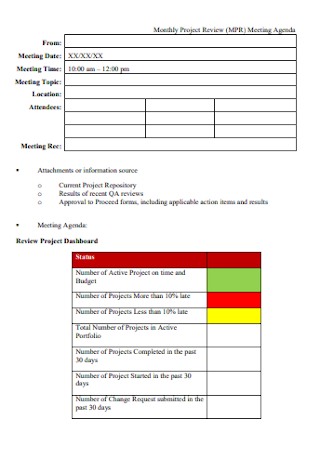
Monthly Project Review Meeting Agenda
download now -
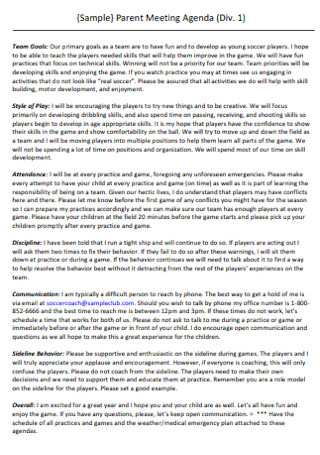
Sample Parent Meeting Agenda
download now -
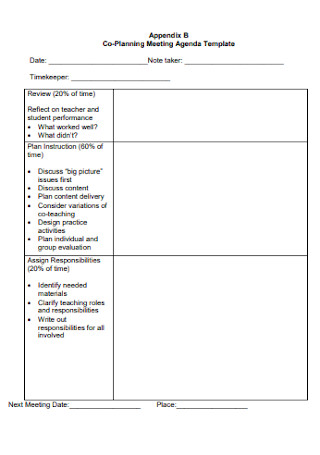
Co-Planning Meeting Agenda Template
download now -

Kick?off Meeting Agenda
download now -
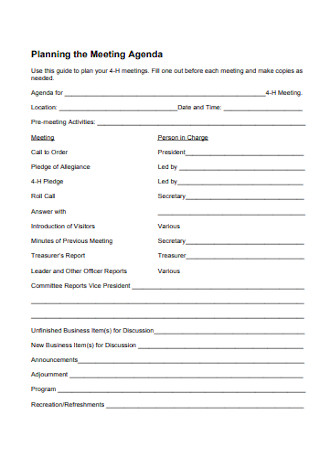
Planning the Meeting Agenda
download now -
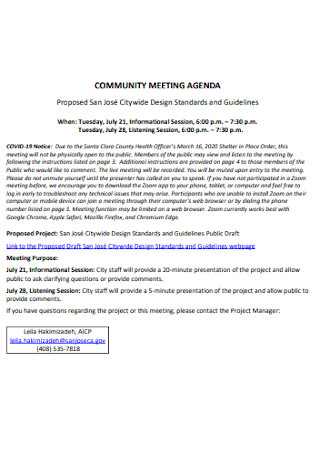
Community Meeting Agenda
download now -
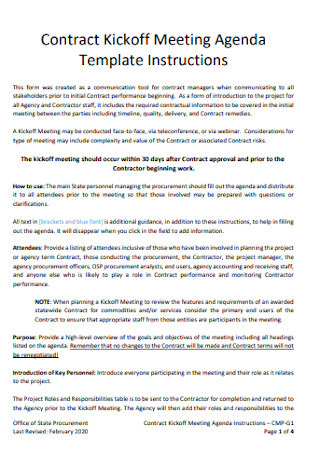
Contract Kickoff Meeting Agenda
download now -
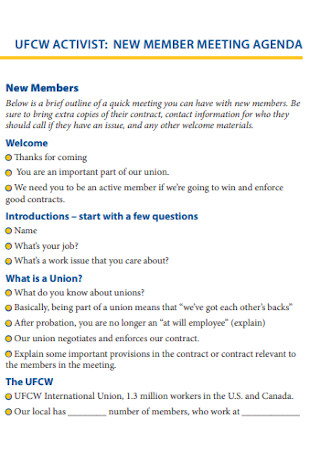
New Member Meeting Agenda
download now -
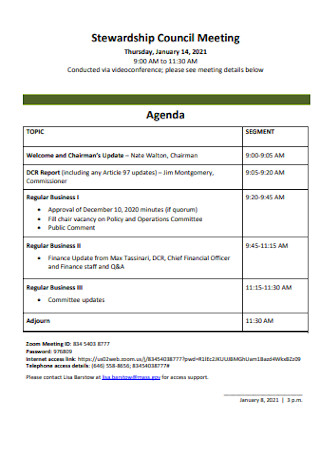
Stewardship Council Meeting Agenda
download now -
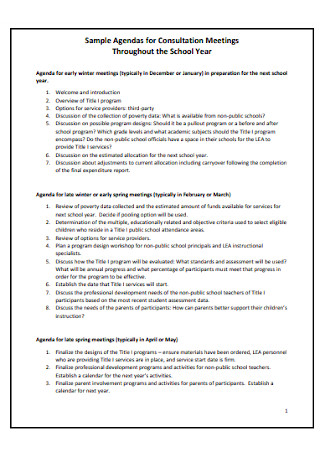
Sample Agendas for Consultation Meetings
download now -
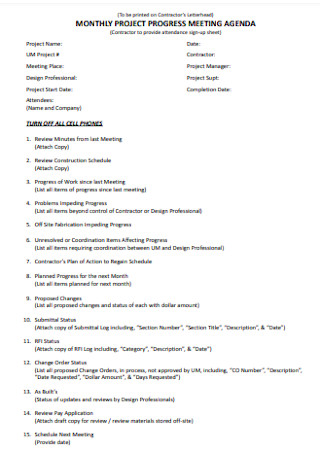
Monthly Project Progress Meeting Agenda
download now -
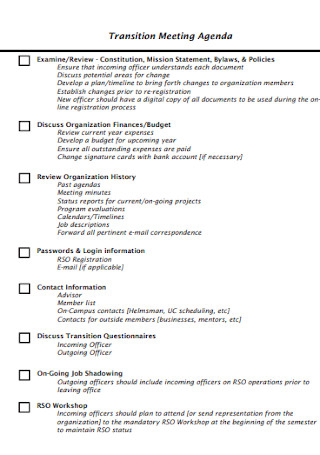
Transition Meeting Agenda
download now -
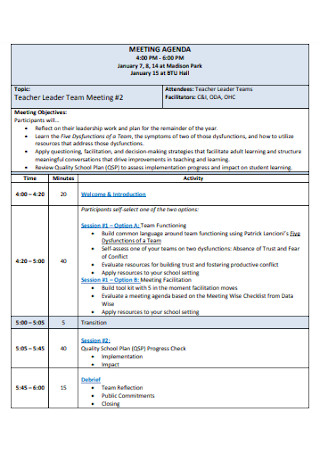
Teachers Meeting Agenda
download now -

Sample Officer Transition Meeting Agenda
download now -
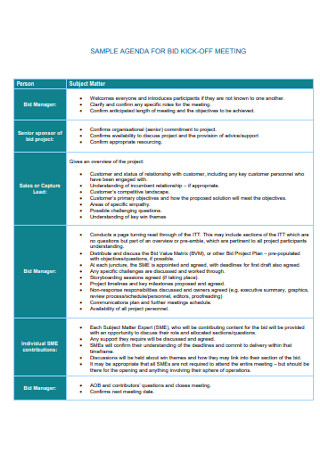
Sample Agenda for Bid Kick off Meeting
download now -
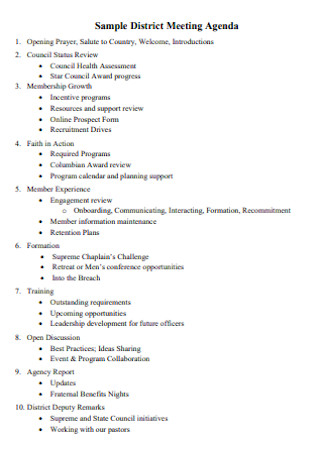
Sample District Meeting Agenda
download now -

Organizational Meeting Agenda
download now -
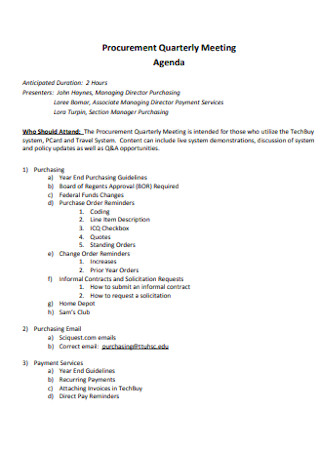
Procurement Quarterly Meeting Agenda
download now - “]
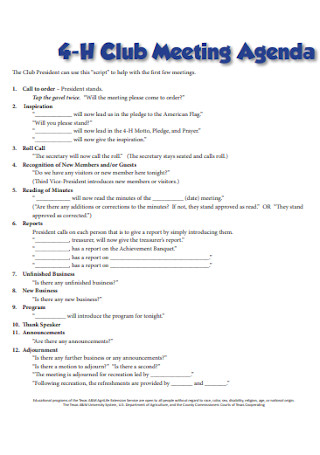
Club Meeting Agenda
download now -
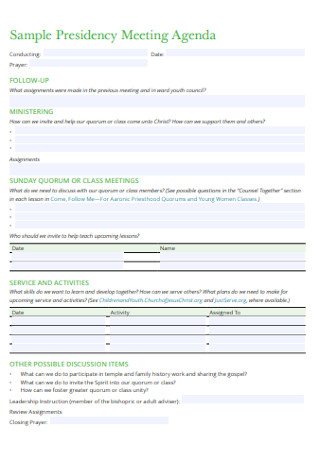
Sample Presidency Meeting Agenda
download now
What Is An Effective Meeting Agenda?
An effective meeting agenda is a requirement in most corporations and business environments. But it is also a common template for essentially any group. It is used in identifying and raising pressing issues and concerns of an organization.
Inc.com shared a 2019 Doodle report that surveyed working professionals. The results showed that 44% of respondents cited that poorly run meetings gave them less time to do the rest of their work. Ineffective meetings were negatively affecting the productivity of businesses as a result.
Elements To Include In A Meeting Agenda
It’s easy to jump into a meeting and allow it to snowball into something else entirely; what happens then is that the agenda is subsequently set aside and forgotten. Depending on the nature of the organization, a typical business meeting may consist of different parts but some common elements include the following:
How To Write An Effective Meeting Agenda
Aside from making sure that your meeting agenda includes all important points for discussion, prioritization is absolutely necessary because it differentiates what is essential and non-essential. It also redirects the focus of the group so they can tackle the most pressing issue first. These are the key steps in ensuring an effective meeting agenda:
Step 1: Outline the Agenda
It is easier to come up with a meeting agenda if you follow a format or have a sense of structure. Try to emphasize only the key points and provide brief details for each item- person responsible, action or remark, deadline, etc.
Step 2: State the Meeting’s Objective
Have you ever been called to a staff meeting where you had no idea what it was about? To ensure everyone is on the same page, it’s best to establish the objective prior to the meeting. For example, you can indicate the purpose of the meeting as the subject in an email invite or department memo. It keeps everyone focused and aware of what needs to be accomplished.
Step 3: Have A Program Flow
An agenda can very well mean a program with a specific time frame. Sticking to a program flow can aid in effective time management. It not only saves time and resources, but also discourages people from straying from the main agenda.
Step 4: Prioritize Items Wisely
Obviously, a meeting may consist of several and sometimes conflicting, agenda. It is important to sift through these and make sure that the most urgent and most important ones are covered first. It makes sense for companies and employees to know which items to prioritize. It saves both time and energy.
FAQs
How do you write a meeting agenda?
A meeting agenda can be in the form of a to-do list with clear bullet points. It’s wise to leave space for important details that could be used in the next meeting (e.g. for weekly or monthly committee meetings). Another convenient option is to use MS Excel. It’s ideal for recurring meetings so you can easily arrange your meetings into different tabs and put everything into one file. If you don’t want to start from scratch, use any of the editable samples above.
What is the agenda of a meeting?
Depending on the nature of the business or field of work, it can vary. Typically different types of meetings take place within an organization. The agenda may be about an upcoming annual shareholders summit, monthly management updates, weekly sales meetings, or even daily huddles among small departments. What these all have in common is that they involve mapping out a particular agenda and setting a schedule to come together and achieve a common goal.
What is an example of an agenda?
An example of an agenda for a weekly technical meeting might include: opening remarks or prayer, team objective review, challenges encountered, production updates, upcoming deadlines, and a question and answer segment to wrap up the meeting.
Meetings should serve a purpose. Calling a meeting only for the sake of having a meeting could be detrimental to the company; when employees could be attending to other more pressing matters or focusing on their main tasks. Make sure your meetings have a clearly defined agenda so it does not waste anyone’s time and energy. Browse the editable and downloadable samples now to get started!

